Best Canon lenses: The 7 best lenses for every photographic style
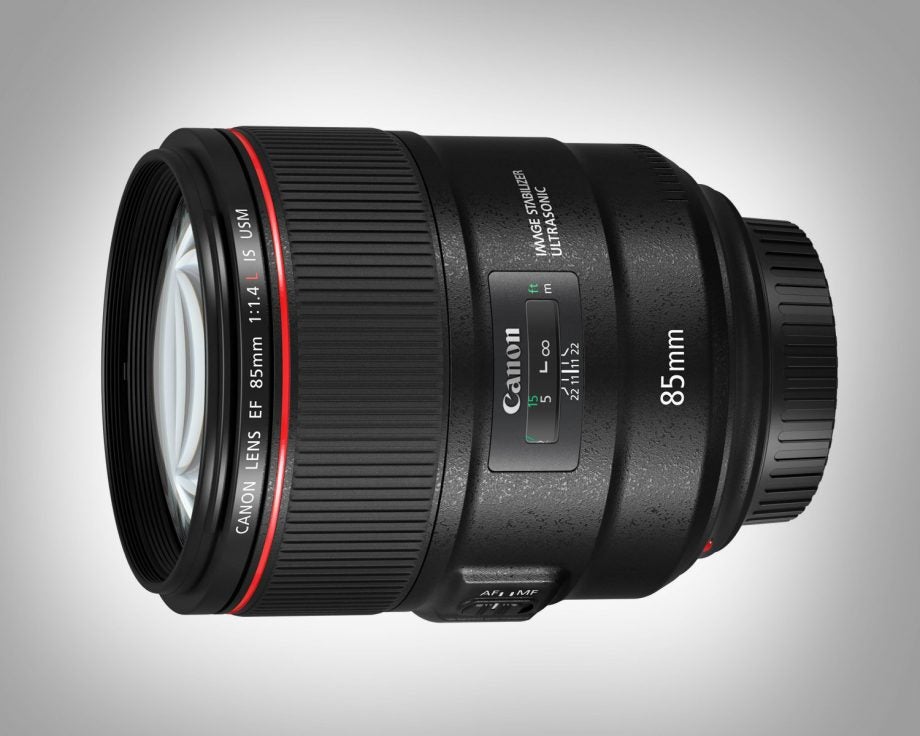
Which is the best Canon lens for my camera?
Outgrown your kit lens? Fancy one that’s better suited to the pictures you like to take? Our round-up reveals the best Canon lenses for you, whatever your photographic needs.
One of the big benefits of having a DSLR rather than a fixed-lens camera is that you get to choose the best lens for your shooting situation.
To begin with, the kit lens you buy with your Canon DSLR will be fine for general shots and learning how your camera works. Give it a few months, though, and you’ll have almost certainly outgrown it and will begin to feel a yearning known in photography a ‘GAS’, or Gear Acquisition Syndrome.
It’s okay, this is a perfectly normal condition – while it’s certainly possible, and initially preferable, to hone your style with just one or two lenses, there’s also nothing wrong with wanting to expand your creative horizons. And that’s where new lenses can help.
Related: Best camera bags
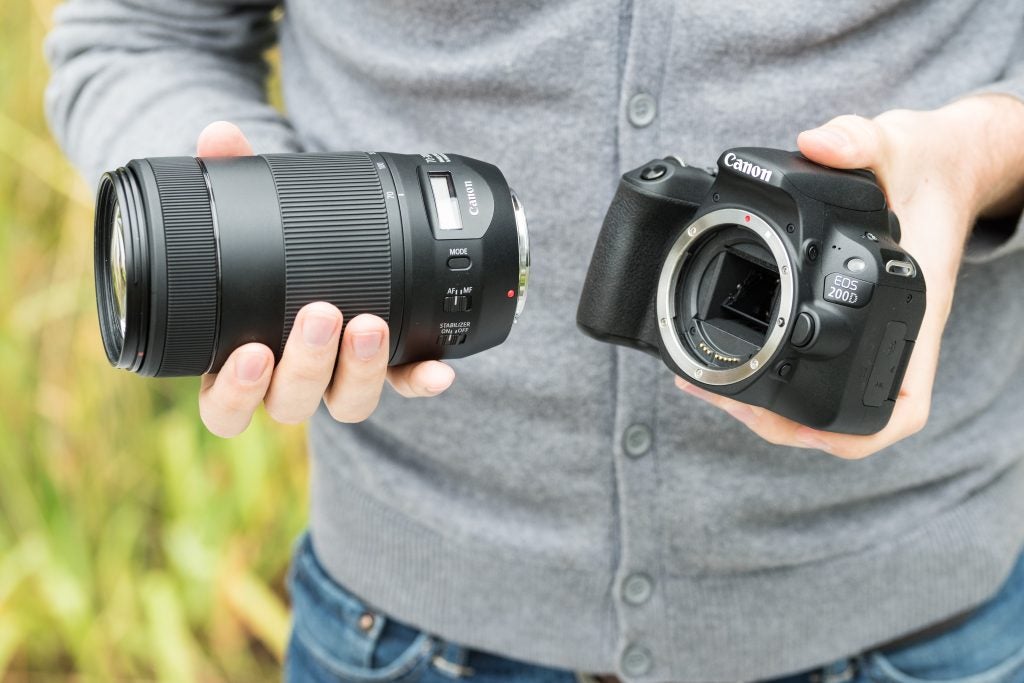
If you regularly find yourself struggling to contain everything that’s in front of you within the frame, or would prefer a lens that’s designed specifically for capturing wide-vista landscapes or interiors, an ultra wide-angle lens could make a big difference to your photography.
Equally, if you feel limited by how close you can get to distant subjects then you’ll want to add a telephoto zoom lens to your kit bag. A fast prime lens will also help you capture stunning portraits of family and friends. With so many offerings from Canon and third-party manufacturers, it can be a bit overwhelming – especially when hundreds of pounds are at stake.
In this roundup, our aim is to create a constantly refreshed list of the very best Canon lenses for photographers who are looking to build up a system beyond their kit lens.
If you need an acronym refresher to help tell you the difference between terms like E-FS and E-FM, take a look at our jargon buster further down. All done? It’s time to go lens shopping…
Related: Best cameras
1. Canon EF-S 17-55mm f/2.8 IS USM -Best kit zoom upgrade lens
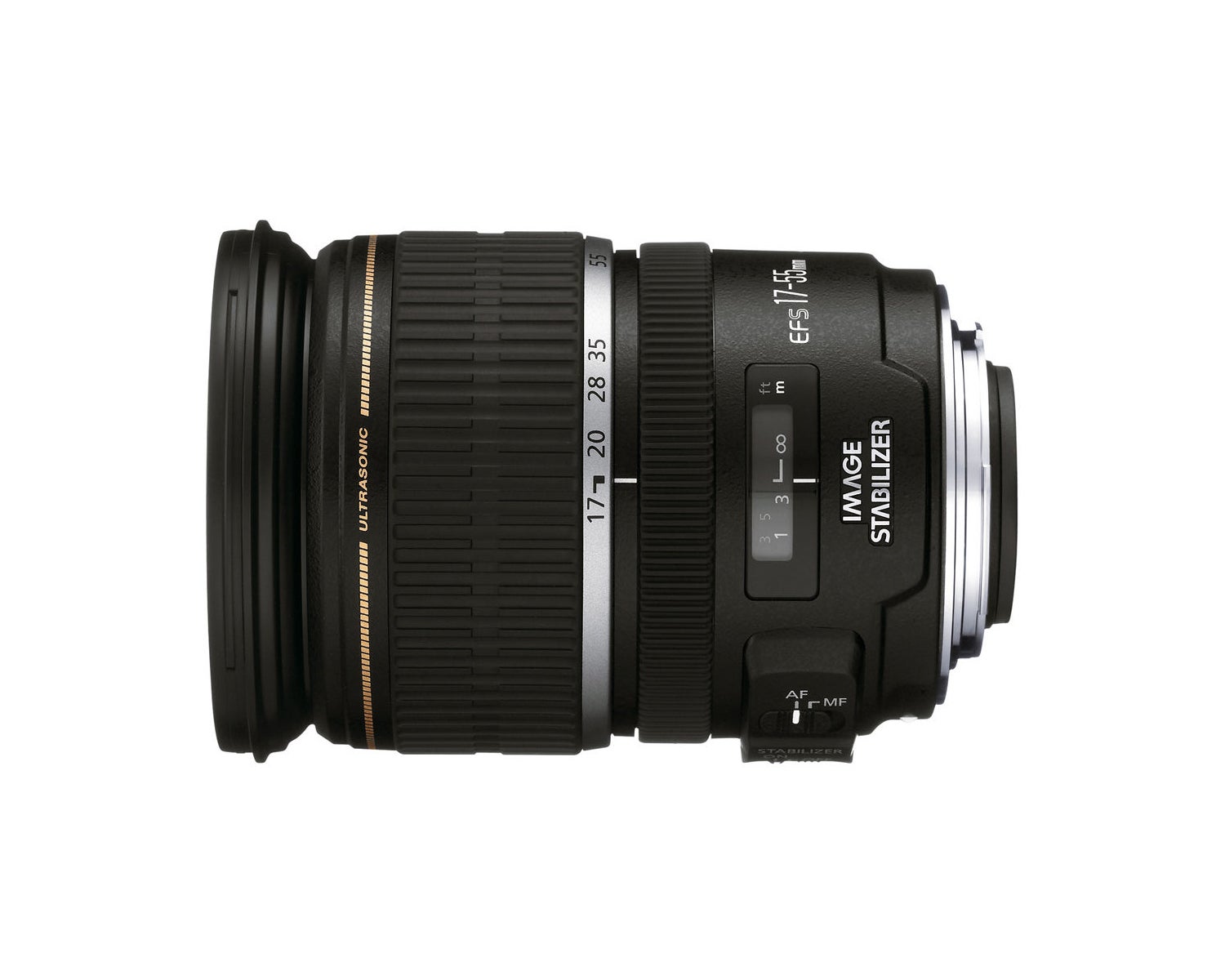
Pros:
- Feels solid and well built
- Fast and quiet focusing
- Good built-in image stabilisation
Cons:
- Some colour fringing
Why we liked the Canon EF-S 17-55mm f/2.8 IS USM
Though not the newest of lenses in the EF-S lineup, the Canon EF-S 17-55mm f/2.8 IS USM fast standard zoom is still an appealing option for Canon users who demand a versatile, fast aperture lens that produces excellent results.
The lens’ autofocus performance is brisk, accurate and quiet, while the image stabilisation (IS) system is effective at allowing you to shoot three stops slower than is otherwise possible.
Well-placed manual focusing rings make it an ergonomic triumph and there’s an ultrasonic motor (that’s the USM part of its name) to help keep that focusing fast and noise-free.
Particularly useful for shooting in challenging low light scenes where you don’t want to raise the ISO too high, this lens produces high levels of sharpness and low distortion.
The only real downsides are wide-aperture sharpness at 55mm and the occasional appearance of colour fringes under some conditions.
If you own a mid-range APS-C camera like the EOS 77D, EOS 80D or EOS 7D Mark II, then this 17-55mm will make a great upgrade on your kit lens.
Read the full review
Latest live deals
2. Canon EF-S 10-18mm f/4.5-5.6 IS STM – Best wide-angle zoom lens
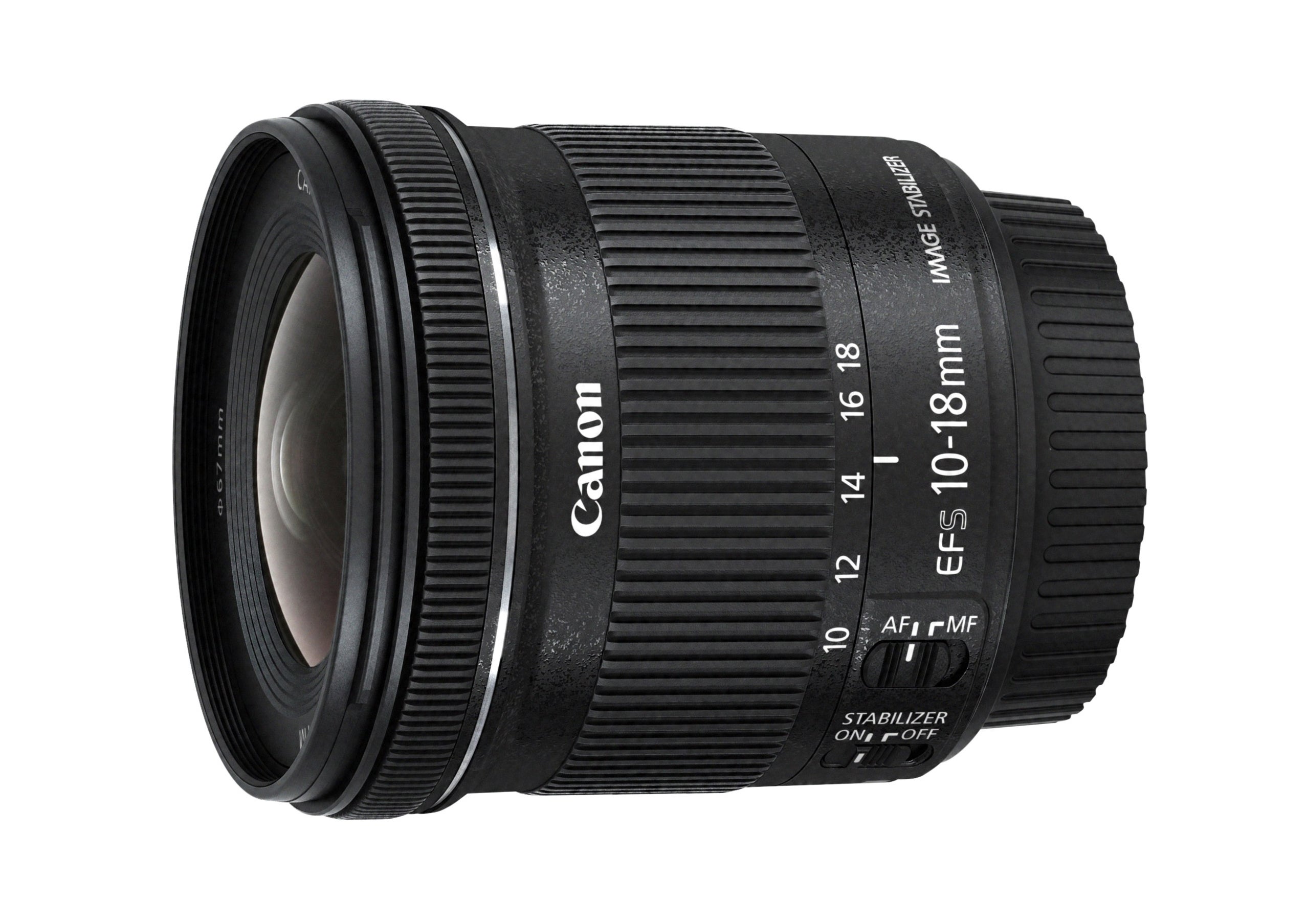
Pros:
- Very light without feeling cheap
- Images have good contrast and plenty of detail
- Good value
Cons:
- Occasional colour fringing
Why we liked the Canon EF-S 10-18mm f/4.5-5.6 IS STM
If you’re after a compact wide-angle zoom for your Canon APS-C DSLR, this affordable lens is a real cracker. The Canon EF-S 10-18mm f/4.5-5.6 IS STM pairs up particularly nicely with Canon’s entry-level cameras as well as mid-range DSLRs like the EOS 800D/77D.
Its Stepping Motor Technology (STM) helps keep focus operation inaudible and, with 4-stop image stabilisation, it’s possible to shoot sharp handheld images with shutter speeds as slow as 1/5sec.
It has a plastic mount and electronic manual focus, but don’t let that put you off, as it delivers impressive results for such a low price. As such, it’s hard to think of a reason not to include this in your lens collection if you’re looking to expand and fancy a lens that’s well suited to shooting landscapes, interiors and architecture.
Read the full review
Latest live deals
3. Canon EF-S 24mm f/2.8 STM – Best budget prime lens
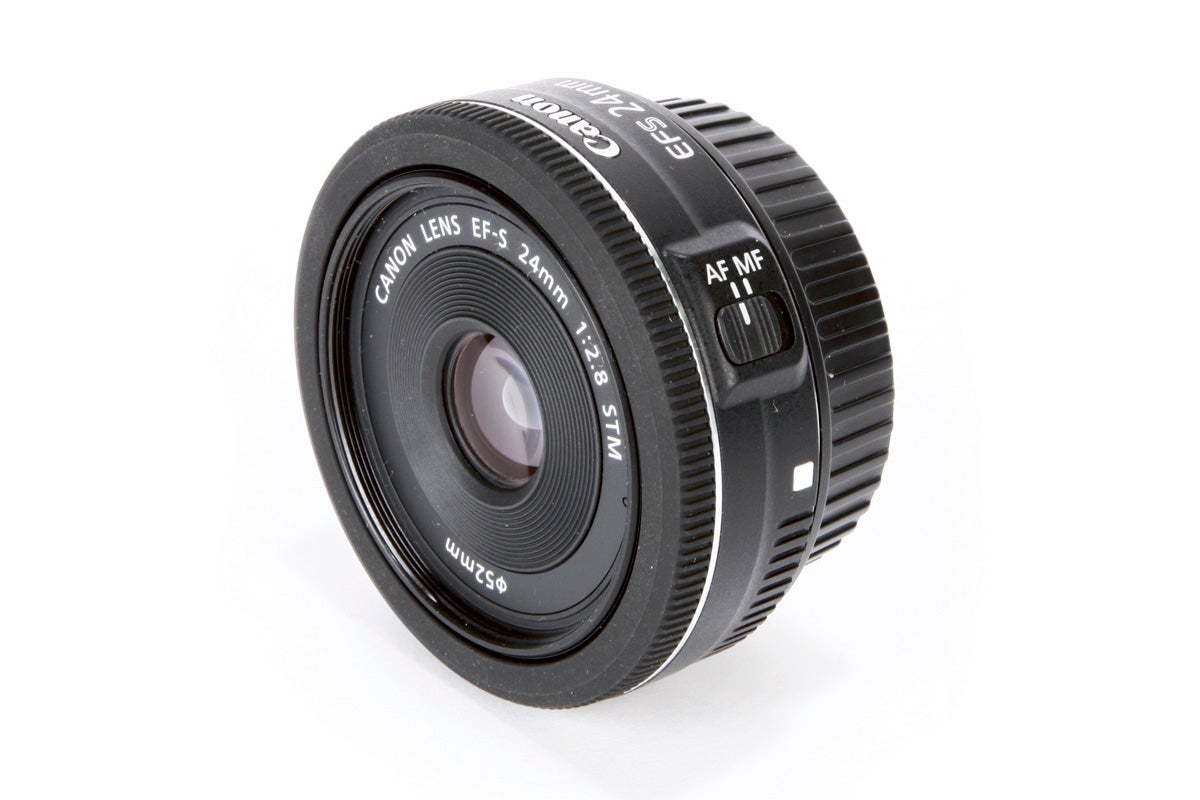
Pros:
- Very slim and portable
- Quiet autofocusing
- Impressive image quality for the price
- Great for beginners
Cons:
- No optical image stabilisation
- Vignetting and distortions sometimes visible
Why we liked the Canon EF-S 24mm f/2.8 STM
The Canon EF-S 24mm f/2.8 STM is an ultra-slim pancake prime and is one of the least expensive lenses you can buy. Measuring just 22.8mm thick, it’s also one that can easily be carried around all day without any inconvenience.
It’s a marvellous little companion for travel and street photography, providing a 38mm equivalent angle of view on Canon APS-C DSLRs.
The lens does exhibit vignetting at wide apertures as well as distortion, but both are easily remedied in software. Most importantly, the lens focuses accurately and gives consistently sharp, detailed images.
With its bargain price, carry-everywhere size and highly competent imaging performance, this lens deserves to be high on the wish list of many a Canon APS-C DSLR user.
Read the full review
Latest live deals
4. Canon EF-S 60mm f/2.8 USM – Best macro lens
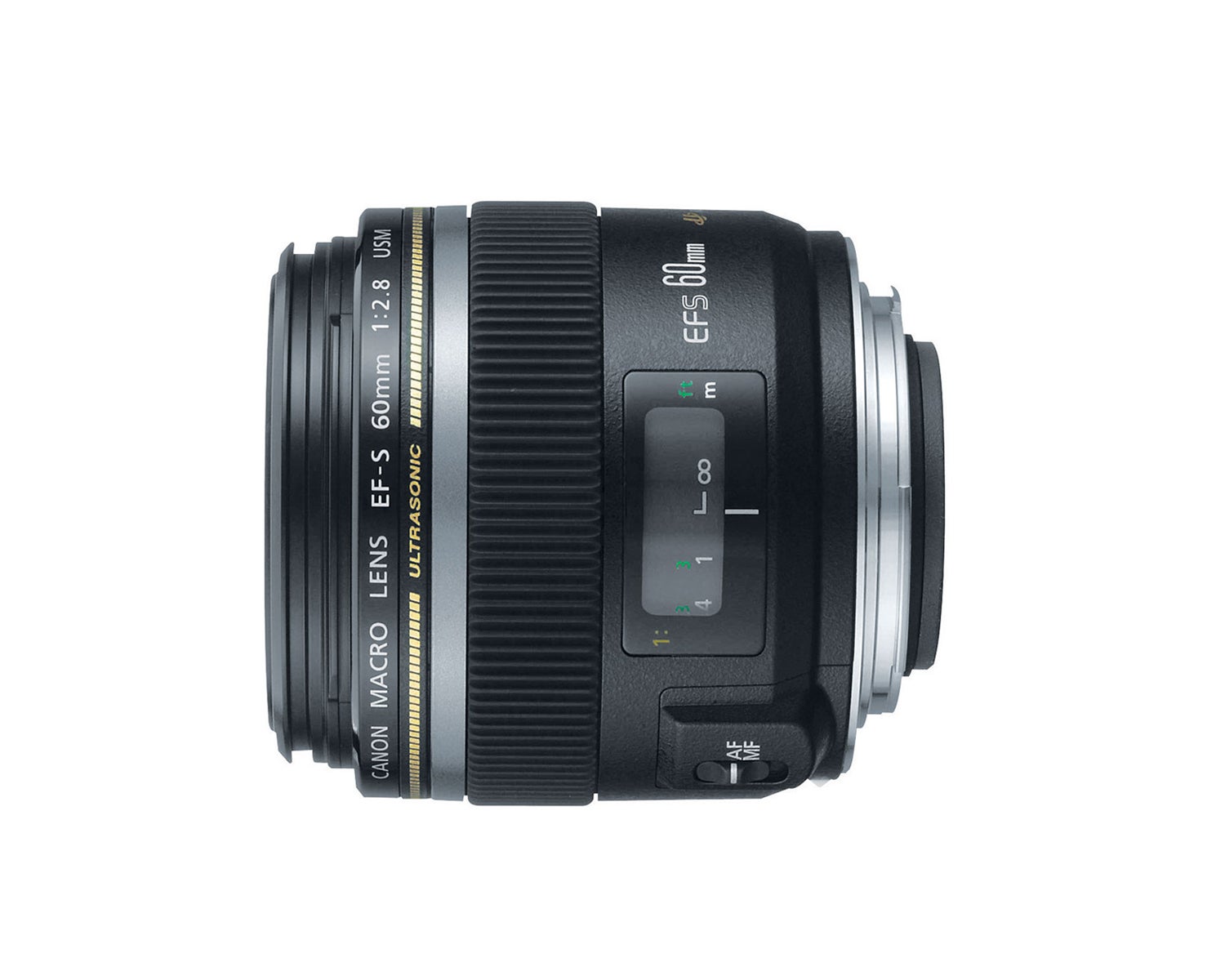
Pros:
- Fast and quiet focus
- Good image quality
Cons:
- Slower to switch between manual and auto focus
Why we liked the Canon EF-S 60mm f/2.8 USM
If you own a Canon APS-C DSLR and like the idea of photographing objects at true life size (1:1), you’ll want to add a dedicated macro lens to your arsenal.
Equivalent to 96mm in the 35mm format, this dedicated macro lens will enable you to capture stunning close-ups thanks to its 20cm minimum focus distance.
It focuses silently on subjects thanks to the inclusion of Canon’s Ultra Sonic Motor (USM) and with Super Spectra coatings to suppress ghosting and flare in addition to full-time manual focus override, it’s not short of features for under £400.
What’s more, it doubles up as an effective portrait lens, creating beautiful background blur behind subjects when used at its maximum aperture.
All in all, an excellent macro option for Canon DSLR owners.
Read the full review
Latest live deals
5. Canon EF 50mm f/1.8 STM – Best fast prime lens
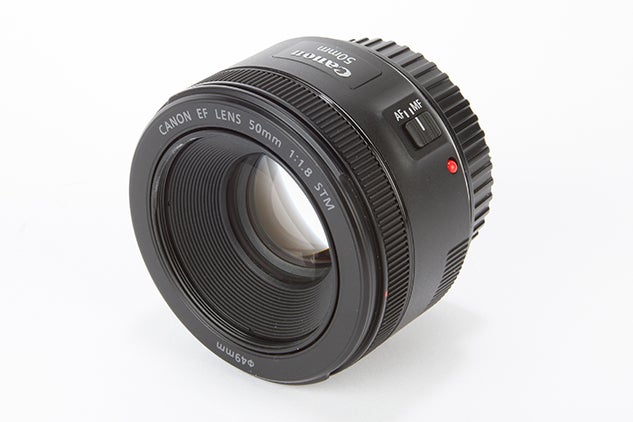
Pros:
- Superb build quality
- Smooth, quiet autofocus
Cons:
- None
Why we liked the Canon EF 50mm f/1.8 STM
The Canon EF 50mm f/1.8 STM small ‘nifty fifty’ improves upon Canon’s older designs and has been brought up to date by incorporating a Stepper Motor (STM) for smoother and quieter AF.
Compatible with full-frame and APS-C DSLRs, it becomes a highly practical and creative short telephoto lens equivalent to 80mm when it’s attached to the latter.
If you enjoy shooting portraits or any subject where you’d like to create attractive background blur, this lens allows you to do it without breaking the bank. It has a smaller 49mm filter thread and improved build quality over Canon’s older EF 50mm f/1.8 II, but produces results of similar quality.
Stopping down from f/1.8 to f/2.8 improves sharpness and all trace of vignetting disappears by f/4.
It’s one of best lenses to buy after outgrowing your kit zoom.
Read the full review
Latest live deals
6. Canon EF 85mm f/1.4L IS USM – Best medium telephoto prime lens
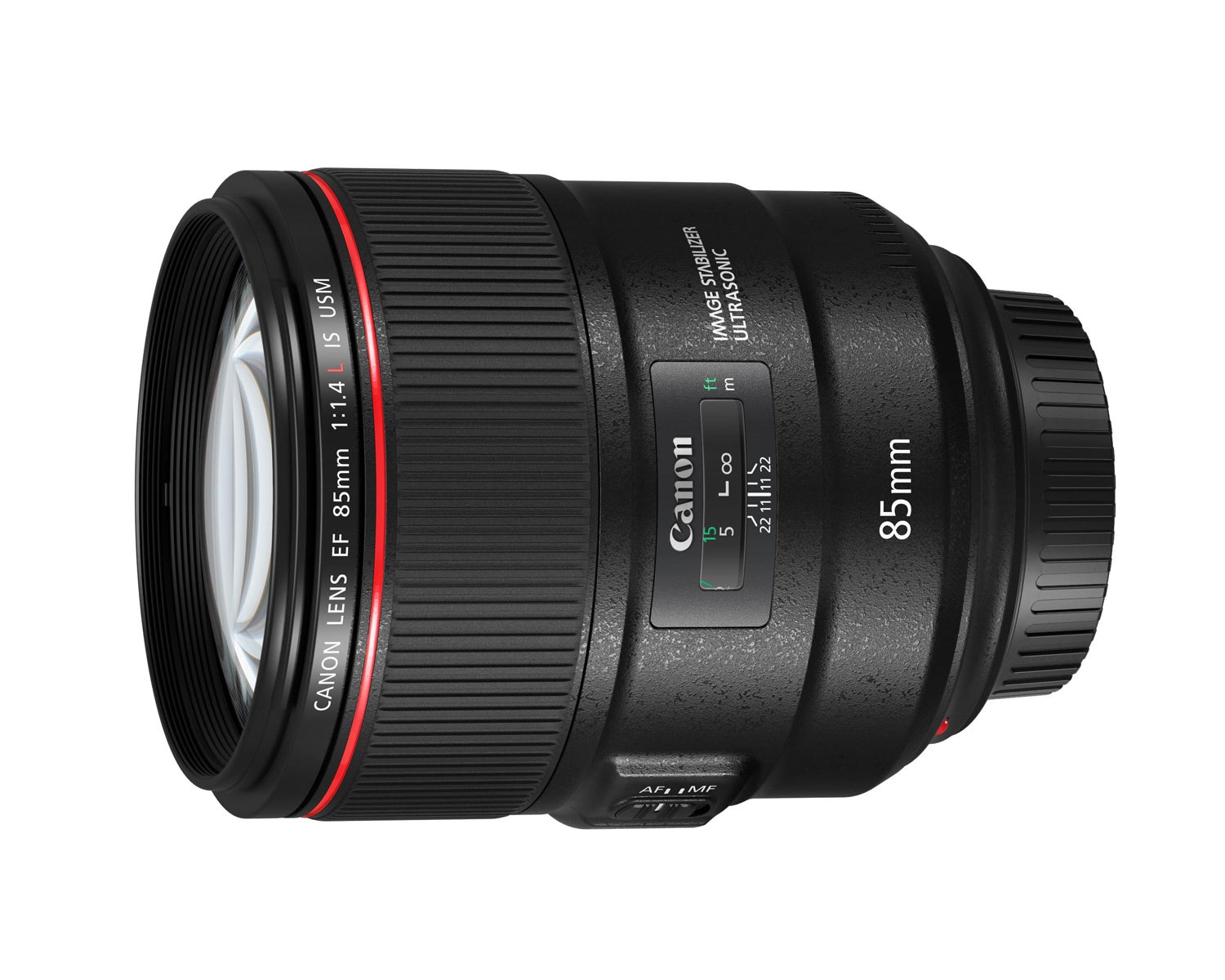
Pros:
- Has optical image stabilisation
- Impressive central sharpness at f/1.4
- Accepts filters and adapters via common 77mm thread size
Cons:
- A little chromatic abberation
- More expensive than the EF 85mm f/1.8 USM
Why we liked the Canon EF 85mm f/1.4L IS USM
The Canon EF 85mm f/1.4L IS USM lens slots into Canon’s range of fast medium telephoto primes between the EF 85mm f/1.8 USM (£325), and EF 85mm f/1.2 L II USM (£1765). It’s compatible with Canon APS-C DSLRs (equivalent to 136mm in 35mm terms), but handles best on full-frame EOS DSLRs with large grips like the EOS 6D Mark II and EOS 5D Mark IV.
The lens is aimed at serious enthusiasts and professionals who specialise in portrait, reportage and wedding photography. Its focal length is particularly complimentary to portraiture and by opening the lens to its maximum aperture it’s possible to produce sublime background blur, albeit not quite as dreamy as you get with the faster EF 85mm f/1.2 L II USM.
The headline feature is its in-built optical image stabilisation – something neither the cheaper EF 85mm f/1.8 USM or more expensive EF 85mm f/1.2 L II USM offer. The IS system is effective to 4 stops, allowing users to capture sharp handheld shots slower than would otherwise be possible in low light shooting conditions.
As to be expected from an L-series optic bearing Canon’s famous red ring around the barrel, the lens is fully weather sealed and features a focus distance window behind its large manual focus ring. Focusing is fast and silent and the lens delivers impressive centre sharpness at f/1.4.
Canon fans have had a long wait for an 85mm f/1.4 to arrive, but this lens doesn’t disappoint in the slightest. It’s a cheaper and lighter alternative to the EF 85mm f/1.2 L II USM and it’s a lens that many EOS full-frame users would love to have in their kitbag.
Read the full review
Latest live deals
7. Canon EF 70-300mm f/4-5.6 IS II USM – Best telephoto zoom lens
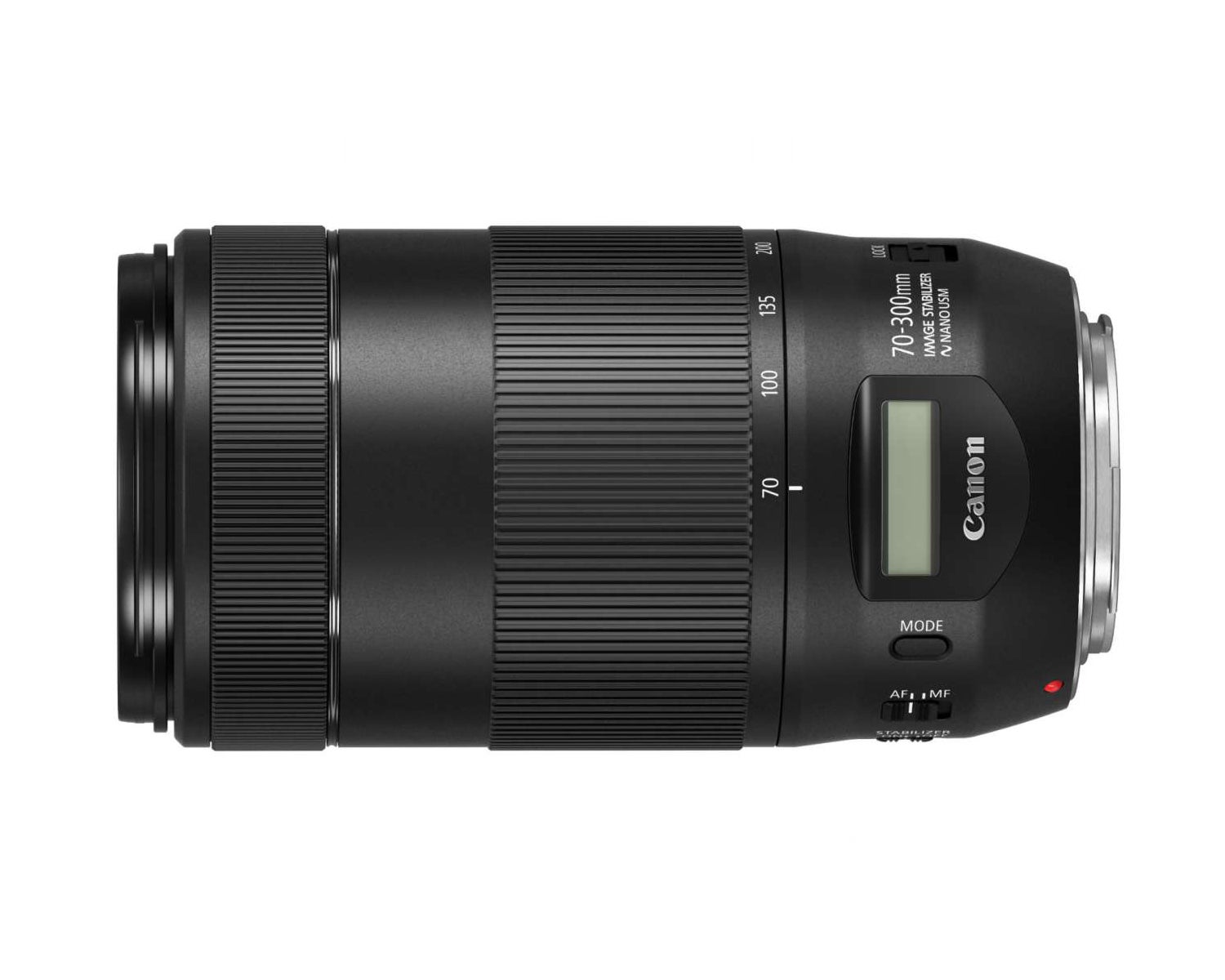
Pros:
- Fast autofocus
- Great build quality
- Offers great balance between portability and image quality
Cons:
- Hood costs £75 extra
- Lacks a weather seal around lens mount
- Highlights can look hard-edged towards the long end of the zoom
Why we liked the Canon EF 70-300mm f/4-5.6 IS II USM
The Canon EF 70-300mm f/4-5.6 IS II USM is a mid-range telephoto zoom with four-stop image stabilization and a new, Nano USM motor for fast and silent autofocus.
It weighs 720g, features a nine-bladed diaphragm for attractive background blur and is equivalent to 112-480mm when used on APS-C sensor bodies.
An interesting idea is the lens’ LCD panel which can be used to cycle through three modes: focal length (shown as 35mm equivalent on crop-sensor bodies), a camera shake meter in two dimensions, and the current focus distance complete with a simple depth-of-field scale.
Build quality and handling are acceptable for the price, but it does lack a seal around the lens mount.
Overall, though, it’s a great match for Canon’s mid-range DSLRs, offering a good balance between portability and image quality.
Read the full review
Latest live deals
Best Canon Lens Round Up
- Best kit zoom upgrade lens: Canon EF-S 17-55mm f/2.8 IS USM
- Best wide-angle zoom lens: Canon EF-S 10-18mm f/4.5-5.6 IS STM
- Best budget prime lens: Canon EF-S 24mm f/2.8 STM
- Best macro lens: Canon EF-S 60mm f/2.8 USM
- Best fast prime lens: Canon EF 50mm f/1.8 STM
- Best medium telephoto prime lens: Canon EF 85mm f/1.4L IS USM
- Best telephoto zoom lens: Canon EF 70-300mm f/4-5.6 IS II USM
Canon lens jargon explained
Lens mount:
There are three different types of lenses for Canon interchangeable lens cameras, these include EF, EF-S and EF-M. When it comes to choosing your lens, you need to ensure that you’re selecting a lens that’s fully compatible with your camera.
EF lenses:
The Canon EF mount dates back to 1987. EF-mount lenses are compatible with every EOS camera ever produced – including the new EOS M series when used with the EF to EOS M Mount adapter. When you mount an EF lens to a Canon EOS DSLR with an APS-C-size sensor, you need to multiply the focal length by 1.6x to work out the equivalent in 35mm terms.
EF-S lenses:
EF-S lenses are specifically designed for Canon EOS DSLRs with a more compact-sized sensor such as the EOS 200D, EOS 800D and EOS 80D. Owners of EF-S mount cameras have access to a complete offering of lightweight lenses, extending from 16mm to 400mm (35mm equivalent).
EF-M lenses:
EF-M mount lenses were introduced with the original EOS M range of cameras in 2012. Even more compact compared to the EF and EF-S range, they’re designed exclusively for use with EOS M cameras.
Prime:
The word ‘prime’ is used to describe a fixed focal length lens; in other words, a lens that doesn’t zoom.
USM:
USM is short for Ultra Sonic Motor. Canon’s Ultra Sonic Motors are known for being quieter and faster than standard motors used in cheaper lenses.
STM:
First debuted on the EF-M 22mm f/2 STM, this refers to Canon’s stepper motor introduced to many Canon lenses since. It’s designed to produce a much quieter AF performance – good news for those who shoot video and don’t want pesky noises interrupting movie footage. STM lenses use fly-by-wire focusing, which means turning the focus ring doesn’t physically move the elements, but tells the AF motor to do so.
IS:
This abbreviation refers to Canon’s optical image stabilisation. Canon lenses equipped with IS counteract hand-shake and allow us to use slower shutter speeds than would otherwise be possible.
L-series:
If a Canon lens features the letter ‘L’ in its name then it falls within the manufacturers top-end, professional-grade range.
I, II, III:
Used to identify the lens’ generation. For example, there are two Canon 24-105mm f/4L IS USM zooms: the first one is the Canon EF 24-105mm f/4L USM and the newer version is the Canon EF 24-105mm f/4L IS II USM.
Related: Best DSLRs


